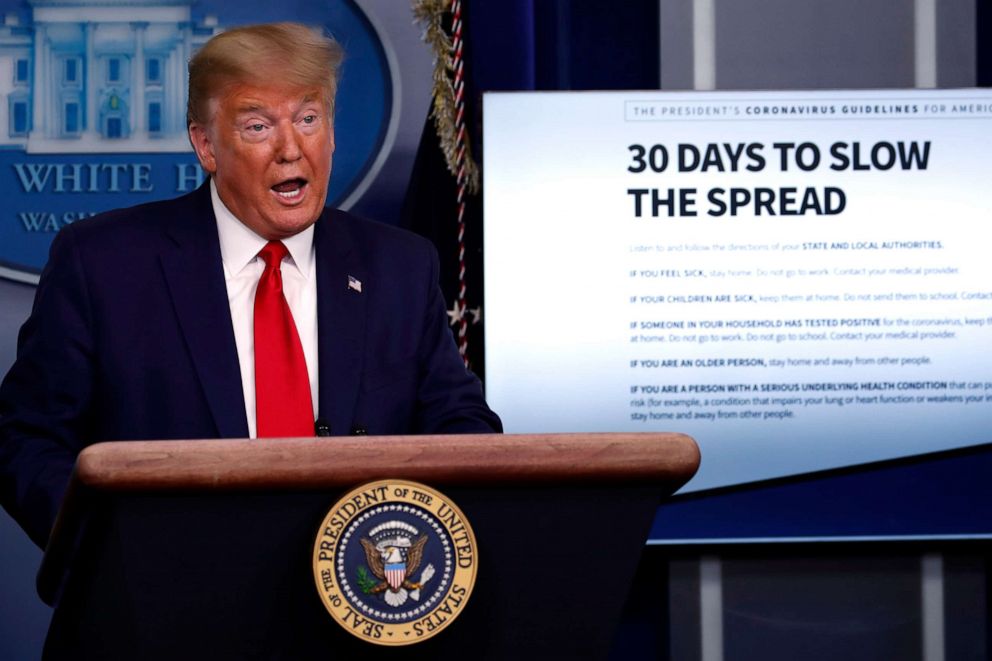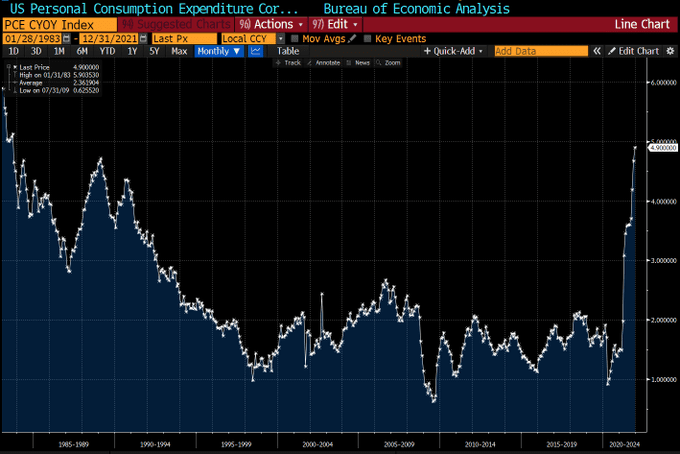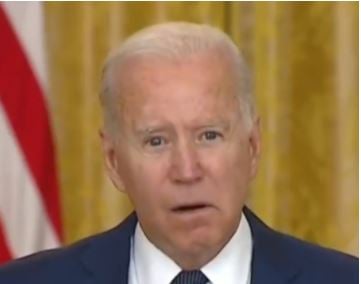How has Biden directly affected the price of gas? Be specific.
Here is 25 specific reasons for you my northern brainwashed friend.
These twenty-five Biden administration policies are affecting gas prices, home heating costs, and other energy-related burdens families face. Read more.

americansforprosperity.org
These twenty-five Biden administration policies are raising energy costs
DEC 4, 2021 BY
ABIGALE TARDIF
Americans who drove to their Thanksgiving destinations faced rising gas prices. (Not to mention
higher costs for the gas station snacks!)
While holiday revelers were paying more at the pump, President Joe Biden announced the U.S. Department of Energy will release 50 million barrels of crude oil from the Strategic Petroleum Reserve.
Energy experts told
PBS interviewers that tapping the SPR won’t drive down gas prices. The decision was little more than “a drop in the ocean” when it comes to energy policy, one person said.
The decision also won’t counteract Biden administration policies that have caused rising energy costs — and that will continue to drive prices higher in the future.
Here are 25 decisions the president has made over the last 10 months that have affected gas prices, home heating costs, and other energy-related burdens U.S. families and businesses face.
#1 and 2: Adopting new EPA oil and gas rules
Last month, the Environmental Protection Agency
announced new regulations governing methane emissions from oil and gas production, transmission, storage, and distribution that would cost more than $1 billion a year.
In the spring, Biden signed a resolution that overturned Trump administration reforms to EPA oil and gas rules. This resolution will
worsen energy poverty, reestablish burdensome regulations, and have a disproportionate impact on small businesses.
#3, #4, #5, #6, #7, and #8: Restricting or impeding energy projects
One of Biden’s first actions after taking office was to
halt new oil and gas leases on federal lands and waters — a move that results in higher energy costs for the most vulnerable consumers.
The administration
canceled the Keystone XL pipeline and
suspended oil and gas leases in the Arctic National Wildlife Refuge and New Mexico (despite
opposition from the Navajo Nation). It also resurrected the “Waters of the United States” rule, which would increase barriers to energy projects.
The White House is
pursuing new standards for particulate matter and ozone, likely tightening them to unachievable levels for much of the country and creating new barriers for energy project permits. The president also has
rescinded Endangered Species Act reforms, a move that will increase red tape and allow litigation to slow down energy projects.
#9: Rejoining the Paris agreement
In April, without the consent of Congress, Biden rejoined the Paris agreement, which
will result in onerous new regulations that could raise energy costs.
#10: Appointing unaccountable energy regulators
The president has created several bodies within the White House charged with creating new policies to regulate energy. The people who run these councils are unelected and do not need Senate confirmation, but they have been given
broad powers to come up with new executive actions — which do not need consent from Congress — to regulate U.S. energy production.
#11: Forcing states to restrict driving
One section of the recently enacted Infrastructure Investment and Jobs Act, supported by the White House, would
require every U.S. state to develop state carbon-reduction plans that must be approved by the U.S. Department of Transportation as well as be updated every four years. These plans are aimed at reducing driving all over the country — even for people in rural areas where public transportation is limited and driving is the only option.
#12, #13, and #14: Raising the prices of cars and trucks
Biden has
failed to take action on annual requirements and small refinery waivers for the Renewable Fuel Standard and in providing regulatory relief from this biofuel mandate due to
economic hardship. His EPA also is
pursuing a new rule regulating greenhouse gas emissions from cars and trucks. That single regulation could raise the average vehicle price by $1,000.
#15: Instituting a new policy on carbon taxes in organized wholesale electricity markets
This car
bon pricing policy statement, issued by the Federal Energy Regulatory Commission in April 2021, is a blanket endorsement of top-down policies that have been
demonstrated to be costly, ineffective, regressive, and consistently rejected by the American people.
#16: Raising the prices of common household necessities
The EPA has issued a final rule to phase out a common, inexpensive refrigerant. This policy is a
de facto tax on air conditioning and refrigeration.
#17: Stifling energy innovation
In May, Biden issued a sweeping executive order that mobilized federal agencies, including the Securities and Exchange Commission, to enforce mandates on businesses, insurers, retirement funds, and suppliers. These policies
will stifle innovation critical to improving the environment and will
increase costs for a wide variety of businesses.
#18: Altering regulatory cost analyses
The Biden administration has
changed key inputs for economic and regulatory analysis, including raising the “social cost” of greenhouse gases. These policies will mask the true consumer cost of regulatory actions.
#19 and #20: Imposing new costs on power generation
The administration resurrected an aggressive version of the Clean Power Plan for power sector mandates. This policy would
impose burdensome regulations but would have little or no environmental benefit. The EPA also has mandated that even facilities with reduced emissions must remain on the list of “major” sources,
subjecting these facilities to permitting burdens and higher costs.
#21: Impeding Americans exports
The administration is
considering potential restrictions on the export of crude oil that would increase, not decrease, energy prices.
#22 and #23: Raising taxes
More than one-quarter of the administration-backed Build Back Better plan is pulled directly from the “Green New Deal.” The Build Back Better plan
includes new taxes on natural gas and home heating. It also
includes new taxes on petroleum and manufacturing.
#24: Picking energy winners and losers
The Build Back Better plan
would spend taxpayer dollars to push utilities to adopt more costly, politically preferred forms of energy, a move that would reduce Americans’ energy choices.
#25: Fueling the fire for future regulation
Finally, through the Civilian Climate Corps, Build Back Better
would fund the salaries of tens of thousands of anti-energy activists who would perpetuate high energy costs by demanding new and costly federal regulations and legislation.
Unlike releasing oil from the Strategic Petroleum Reserve, these 25 steps are not just a “drop in the ocean.”
They have made, and will continue to make, a significant impact on Americans’ ability to afford the energy products that fuel their lives and livelihoods.











